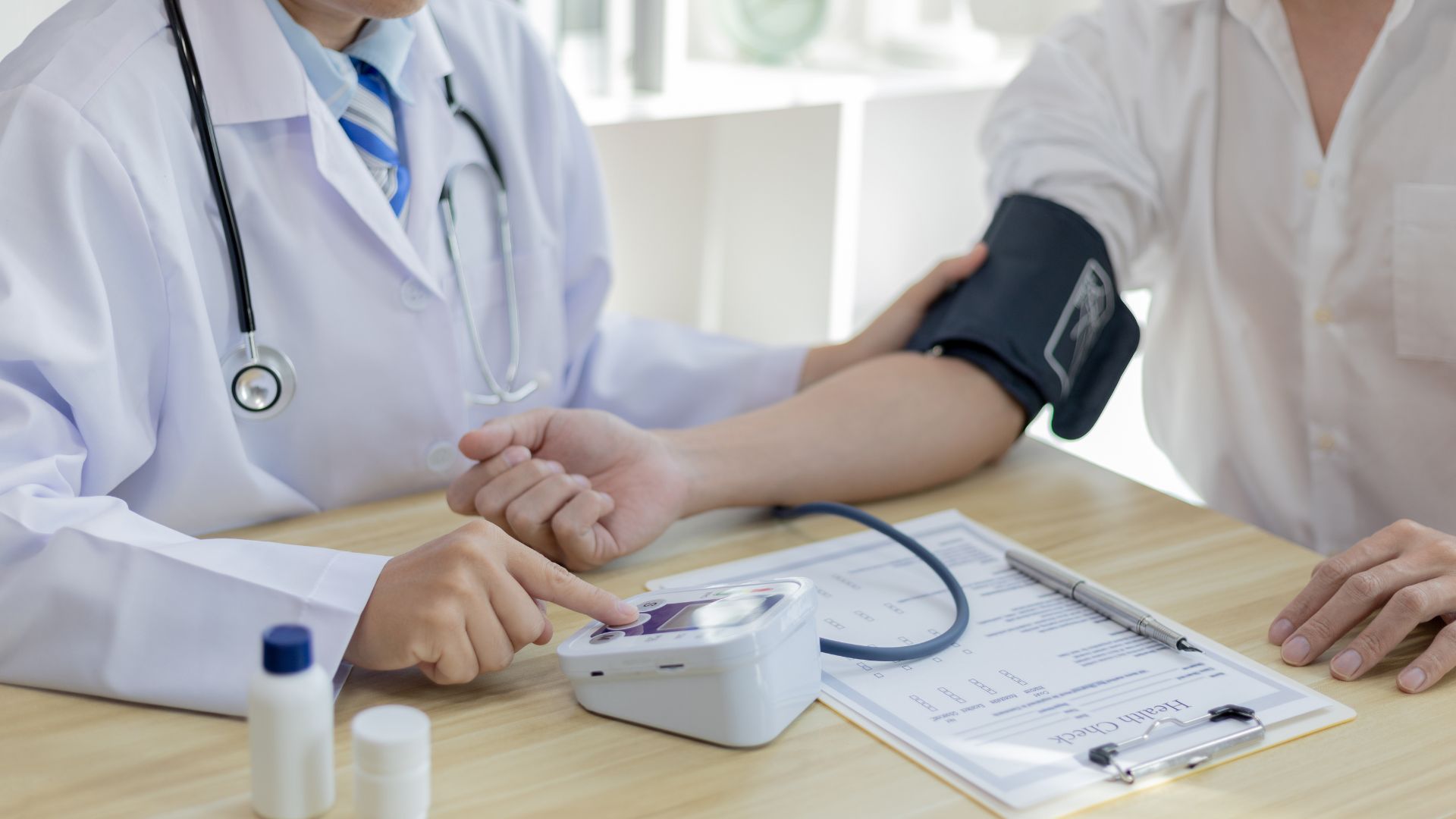Early and accurate diagnosis of endometriosis in saliva
Clinical information
Endotest® allows the diagnosis of endometriosis with over 95% reliability. A patient’s saliva is analyzed for the expression of 109 different MicroRNAs involved in the development of endometriosis. Endotest® uses two advanced technologies: high-throughput sequencing and artificial intelligence.
Endotest analysis can reduce the diagnosis of endometriosis from years to days.
Endotest® benefits:
- Rapid, non-invasive diagnosis
- High reliability: sensitivity = 97%, specificity = 100%
- All forms of endometriosis can be detected
A team of medical endometriosis specialists, AI experts, molecular biologists and research scientists have developed a diagnostic test to determine the sequence of microRNAs present in saliva.
This simple and noninvasive saliva assay, dubbed the diagnostic Endotest®, has been tested in the largest clinical trial ever conducted in the field. It allows for the early detection of all forms of endometriosis with near 100% certainty.
Endometriosis can affect any woman of reproductive age. This disease can manifest itself even in adolescence. Endometriosis is defined by the presence of endometrial-like tissue (the mucous membrane lining the uterus) outside the uterine cavity, on various organs: ovaries, vagina, rectum, bladder, lungs, etc.
During menstruation, fragments of these tissues react to the hormonal changes and trigger an inflammation accompanied by pain and many other symptoms. It can also be completely asymptomatic. In this case it is discovered by chance, if the patient went to the doctor with the problem of inability to get pregnant. Most patients with endometriosis suffer from infertility.
The main complaints of patients suffering from endometriosis :
75-90% suffer from severe menstrual pain
30-70% experience pain during sex
40% have pelvic pains.
35% have gastrointestinal problems.
15% have severe fatigue
3% have urinary tract problems
30-40% have infertility
Endometriosis causes a significant reduction in the quality of life.
Pain causes sleep disorders, which cause chronic fatigue and psychological disorders (irritability, depression, etc.), which have a negative impact on social and family relationships.
The need for a noninvasive diagnostic test.
The most commonly used methods for diagnosing endometriosis are medical imaging (ultrasound and pelvic MRI). The diagnostic efficiency of this method is satisfactory for some forms of endometriosis (ovarian cysts, deep endometriosis). However, in other forms, such as peritoneal endometriosis, an invasive method of examination is required – celioscopy under general anesthesia. Celioscopy, as any surgical procedure, may be accompanied by intraoperative or postoperative complications.
For all of the above reasons, the development of a noninvasive and reliable method was necessary. And it has been the subject of intensive medical research for many years. As a result of these studies, the Endotest diagnostic test was created using a saliva sample.
The efficiency of this test (sensitivity 97%, specificity 100%, diagnostic 98% accuracy) is superior to all conventional diagnostic tests.
Compared with existing methods, Endotest is a quantum leap in the diagnosis of endometriosis.
And yet Endotest diagnostics is not intended to replace medical imaging (MRI, pelvic ultrasound). Even after diagnosis, medical imaging remains indispensable for lesion classification as well as disease prognosis.
Endometriosis treatment
A complete cure of endometriosis is not possible. However, with early diagnosis, the progression of the disease, pain and other symptoms can be slowed and stopped. In this case, it is also possible to optimize the treatment of infertility and improve the quality of life of the patient.
In addition to pain therapy adapted to each patient, hormone therapy based on the use of contraceptives, estrogens or progestinogens, aimed at blocking menstruation. Basic treatment prevents the emergence and development of new lesion foci. In the second option, Gn-RH analogues may also be used to put the patient into a state of reversible menopause. Surgical treatment is offered mainly in cases where medication is not sufficient to relieve the pain.
How is the Endotest test done?
The test is performed at least 30 minutes after eating or drinking, brushing your teeth, smoking and chewing gum. Preferably on an empty stomach, outside the phase of an acute infectious disease.








